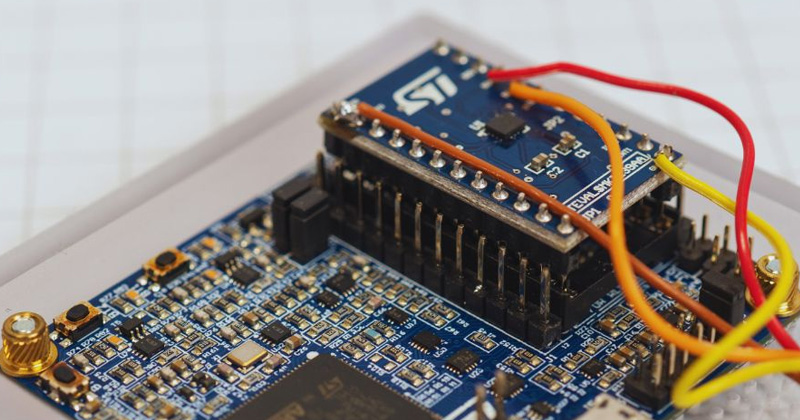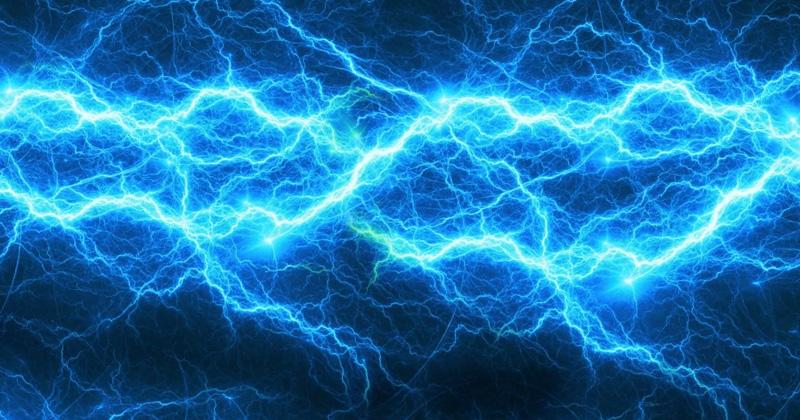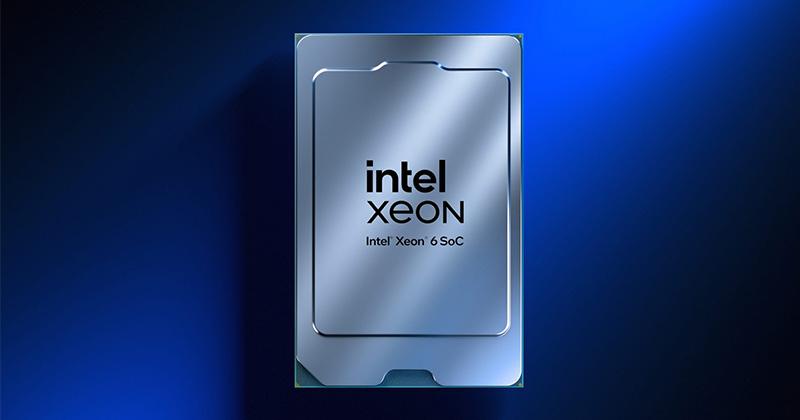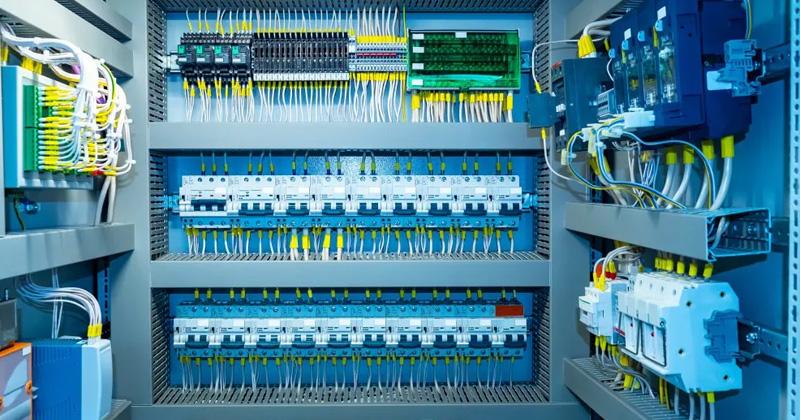
Can GaN Solve AI Data Center Power Needs in 2025?
The demand for energy-efficient technologies is growing as people seek solutions balancing performance with sustainability. While silicon has long been the dominant material for power electronics, alternatives such as silicon carbide (SiC) and gallium nitride (GaN) are gaining traction due to their superior properties in high-power applications.
Infineon Technologies predicts GaN is poised to reach major adoption milestones in the coming year. In its 2025 GaN Predictions report, Infineon envisions GaN as the solution for mobility, communication, AI data centers, rooftop solar, and more.
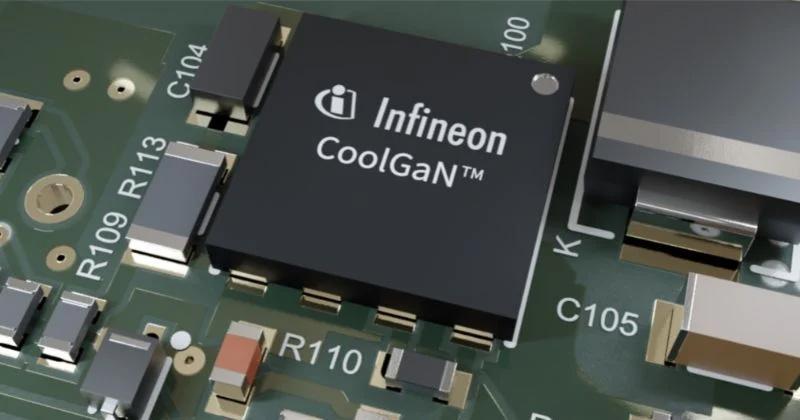
GaN for AI data centers. Image used courtesy of Infineon
Artificial Intelligence Drives Demand
Semiconductors play a fundamental role in powering AI data centers by managing power conversion and distribution. At a basic level, data centers require power supplies to convert high-voltage AC from the grid into stable DC voltages suitable for AI servers. AI servers consist of high-power computing resources, such as CPUs and GPUs, all of which require clean and well-regulated power to operate reliably.
Currently, data centers consume 1% to 2% of global electricity, but with escalating AI demands, this share could soar to 21% by 2030. AI models such as GPT-4 are growing at an exponential rate, resulting in increased speed, power, and space requirements for associated electronic equipment. To meet these requirements sustainably, part of the focus has turned on the surrounding power electronic and infrastructure used to power the computing resources.
![]()
Comparing Si, SiC, and GaN semiconductor technologies. Image used courtesy of Bieniek et al.
One of the deciding factors when choosing a semiconductor material is electron mobility. Higher electron mobility allows electrons to move faster through a material when an electric field is applied. The quicker electrons can move, the faster a device can switch between states, reducing switching losses.
The semiconductor’s switching frequency also directly impacts the physical size of peripheral power electronics components (capacitors, inductors, and transformers) due to the relationship between frequency, reactive elements, and energy storage requirements. Higher switching frequencies reduce the need for large magnetic and dielectric components because the value and size of energy storage elements are inversely proportional to the frequency of operation. This enables physically smaller transformers, inductors, and capacitors that could increase power density and speed.
Infineon Opens Up About GaN Technology
Infineon Technologies has projected that GaN semiconductors will reach widespread adoption across various industries in 2025
For example, Infineon noted that GaN has helped 12 kW power modules replace the old 3.3 kW technology in AI data centers. Because of GaN’s high electron mobility, a 12 kW GaN-based power supply unit could match the size of a 3.3 kW power supply made from Si.
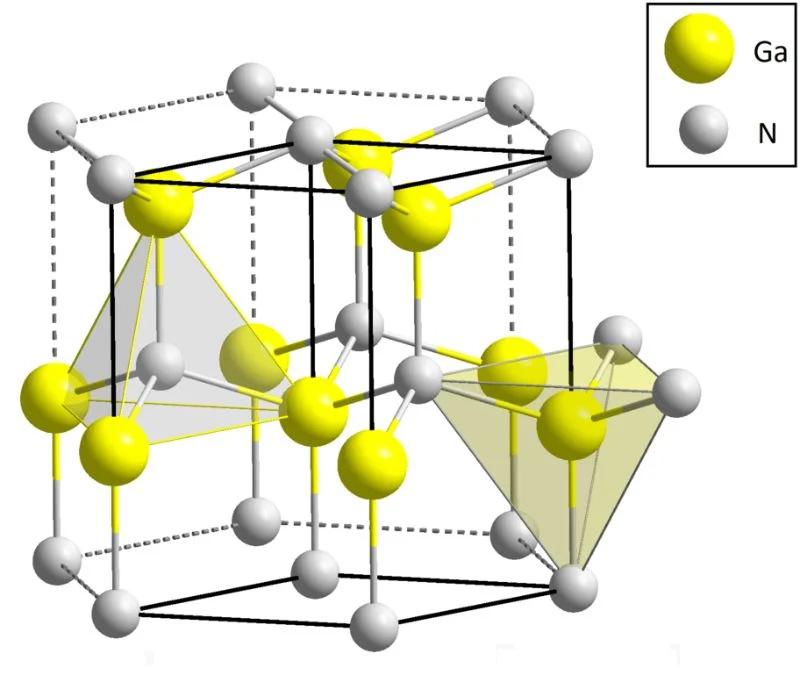
GaN’s Wurtzite crystal structure. Image courtesy of Wikimedia Commons
Infineon also sees GaN adoption in the electric vehicle industry in 2025. GaN’s wide bandgap of 3.4 eV could enable a shift in EV architecture from traditional 400 V to 800 V solutions, resulting in more efficient EVs requiring less cabling. Similarly, Infineon foresees GaN supporting the adoption of 20 kW+ onboard chargers and DC-DC converters in EVs.
To push adoption, Infineon is currently addressing cost and scalability challenges through 300 mm GaN wafer fabrication and bidirectional switch transistor development. To further optimize cost and performance, Infineon plans to integrate GaN with SiC for hybrid solutions in AI.
Future Prospects
As energy demands rise, GaN’s superior electrical properties make it well-positioned for adoption in high-efficiency power management. As the demands of AI continue to plague data centers, organizations will need more efficient power electronics, and GaN is a clear choice in this context. Now, the only thing remaining is whether Infineon’s predictions will be correct or if GaN’s adoption will be slower than anticipated.


